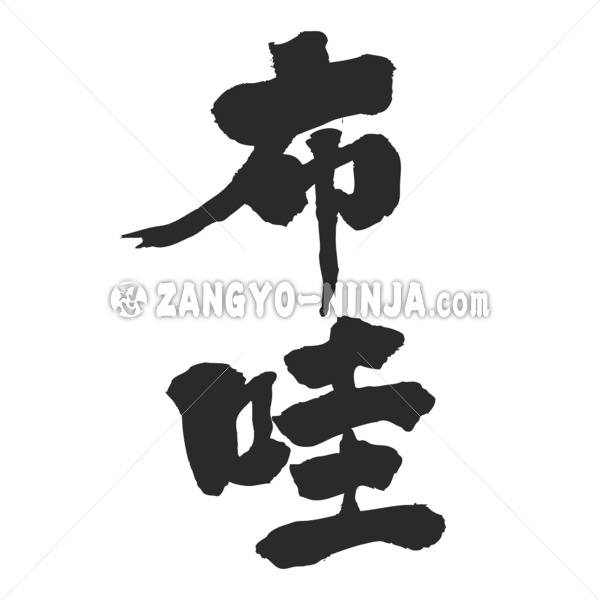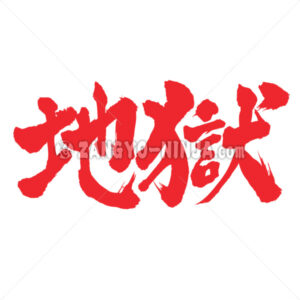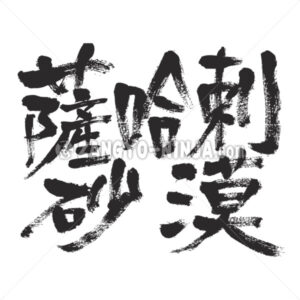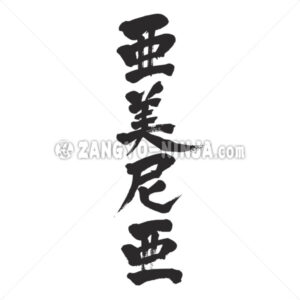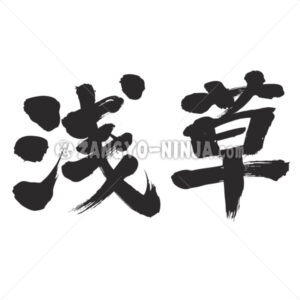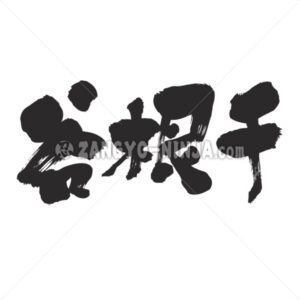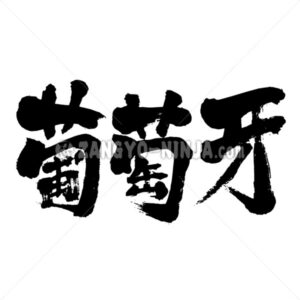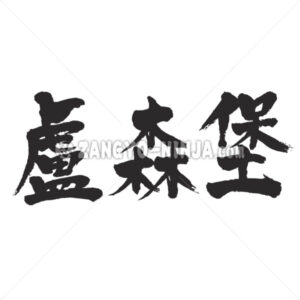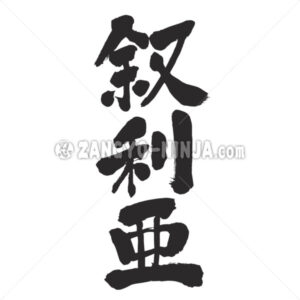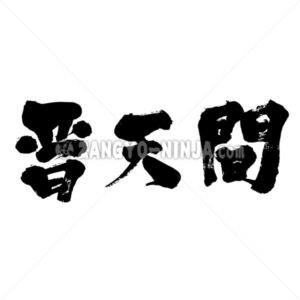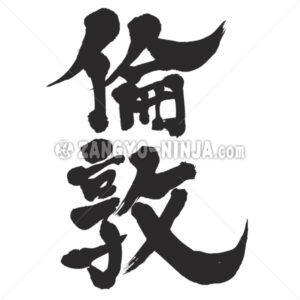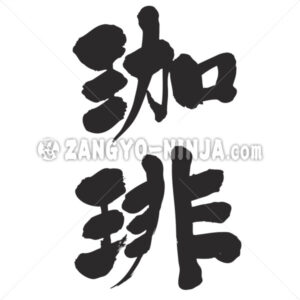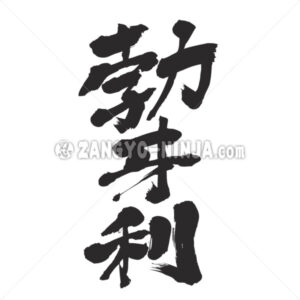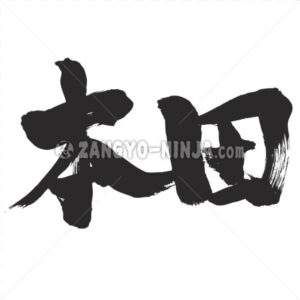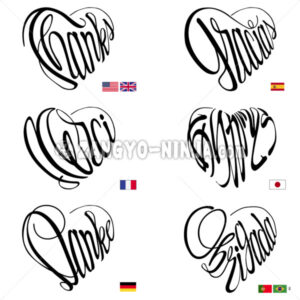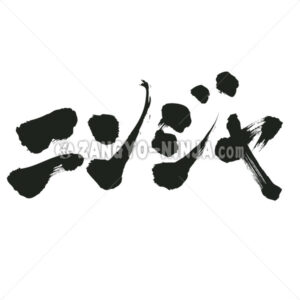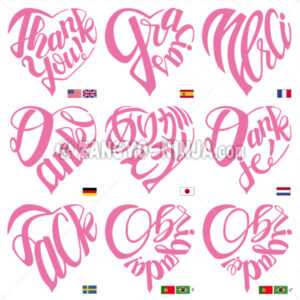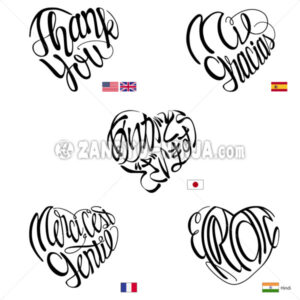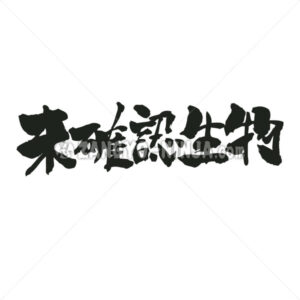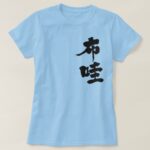Description for “Hawaii in Kanji”
United States state. The Hawaiian Islands, which float almost in the center of the North Pacific Ocean, consist of eight major islands and 124 small islands. Also known as “Aloha Island”.
Hawaii’s natural environment
A part of the ridge created by the crustal movement that runs north and south from Aleutian to Australia in the center of the Pacific Ocean is the base, and the fire mountains are parallel. The Hawaiian Islands have their peaks on the surface of the sea, mostly volcanic islands and coral reefs. Located on the southeastern tip, the Big Island, also known as the Big Island (10,414 square kilometers), is the largest, with Maui (1886 square kilometers), Kahorawe Island (120 square kilometers), Morokai Island (671 square kilometers), and Lanai to the northwest. The island (365 square kilometers), Oahu (1554 square kilometers), Kauai island (1437 square kilometers), Nihau island (190 square kilometers) and eight major islands follow. Of these, Kahorawe Island is used as a shooting range for the military and has no inhabitants. All other small islands other than the 7 islands are uninhabited. The highest peak is Mauna Kea (4205 meters) on the Big Island of Hawaii.
The climate is generally mild and tropical, with an average annual temperature of 24.7 ° C and annual rainfall of 629 millimeters in Honolulu. The annual range of monthly average temperature is only about 4 ° C, and it rains on average, which is a little high in winter. The difference in climate is caused by the location rather than the season, and the climatic environment of the windward and leeward, and the mountains and flatlands is different due to the steep mountains and the predominance of northeastern trade winds almost all year round.
Industry
Hawaii’s main industry began with sandalwood trade and then became a whaling base with connections to Europe and the United States. Then sugar cane and pineapple plantations were developed, commercial agriculture became the mainstream economy until World War II, landowners were born, and agricultural immigrants flowed in from each country. When World War II began, it became an important military base, and military spending dominated the state economy. After the war, the tourism industry expanded rapidly, with tourism as the number one industry in Hawaii today, military as the second, and agriculture as the third. Agriculture, which accounted for 46% of all workers in 1930, is today less than 3%.
The tourism industry became a boom after the development of large jets in the 1960s, with direct flights from the continental United States and Japan, and the ability to carry large numbers of passengers. Until then, luxury tourism using ships became popular all at once, and the number of tourists, which was 290,000 in 1960, increased dramatically to 4.37 million in 1983, and the tourism-related industry in 1980. The number of employees is estimated to be 108,000. Waikiki Beach in Honolulu, which is the center of tourism, has a line of luxury hotels and resort apartments, and in recent years, Japanese capital has expanded significantly. There are various tourism resources such as the everlasting summer climate, Polynesian culture, art and customs, and scenic views of the coasts and mountains of the islands, and the state has set a policy of making the Hawaiian Islands an international large-scale tourist destination.
Tourism industry
As the tourism industry is Hawaii’s most important industry, it is perfect for accepting tourists and developing tourist destinations. When you land at Daniel K. Inouye International Airport (formerly Honolulu International Airport, renamed April 2017) overlooking Diamond Head and Pearl Harbor, warm air, colorful flowers and Hawaiian music welcome tourists. People in Aloha shirts and Muumuu come and go. Based in Honolulu, Oahu, in addition to a tour of Oahu, light flights to the garden island of Kauai, the valley island of Maui, the Big Island of Hawaii, the friendship island of Morokai, and the pineapple island of Lanai. You can visit by flight.


